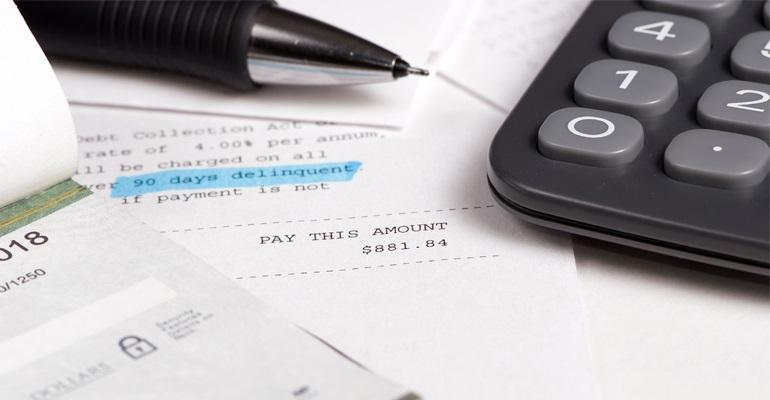Car-loan delinquencies have declined even though subprime lending has increased, according to credit tracker TransUnion.
Subprime auto loan originations rose 7.3% year-over-year in 2018’s third quarter. That’s significant considering subprime lending decreased 7.8% year-over-year in last year’s second quarter.
The 2017 decline reflected some lenders cutting back on financing for consumers with low credit scores.
But now the pendulum is swinging in the other direction as once-reluctant lenders view the subprime market more favorably, according to the latest TransUnion Industry Insights Report. (Brian Landau, below)
 Moreover, existing subprime lenders, such as buy-here, pay-here operations “are doubling down,” says Brian Landau, TransUnion’s senior vice president and automotive business leader.
Moreover, existing subprime lenders, such as buy-here, pay-here operations “are doubling down,” says Brian Landau, TransUnion’s senior vice president and automotive business leader.
When it comes to subprime, lenders overall are focusing on risk tolerance as they shorten loan terms, manage interest rates and reduce lines of credit, TransUnion says.
It seems to be paying off. The overall consumer-level delinquency rate has declined, with subprime showing an improvement of 15 basis points, from 6.9% in last year’s third quarter to 6.82% in this year’s third quarter.
Another reason for the subprime stability: Consumers are acting wiser financially, Landau tells Wards. “They have access to much more information than they did 10 years ago, and that results in many of them thinking about affordability and whether to buy a new or used vehicle.”
Also helping the cause are low unemployment (4%) and wage growth, he says. Economic headwinds to watch for include increasing interest rates, rising oil prices, existing tariffs on steel and aluminum and potential tariffs on imported vehicles that would drive up prices,
The strong subprime performance seems to disprove naysaying claims in recent years that a subprime auto-lending bubble was about to burst.
“The market was heating up, growing at double digits, and a lot of people were waiting for it to pop,” Landau says. “It never happened. It shows the resiliency of the market.”
Overall auto loan delinquencies of 60 days or more are at 1.36%, down from 1.4%.
Other automotive highlights of the TransUnion’s quarterly report:
· The number of U.S. auto loans is 81.9 million, up from 78.6 million in last year’s third quarter.
· The average debt per borrower is $18,835, up $268.
· The average balance on new auto loans is $20,998, up $345.
· Generation X members (born between 1965 and 1979) carry the highest average loan balance at $21,220, followed by Baby Boomers (1946-1964) at $18,638, Millennials (1980-1994) at $18,024, the Silent Generation (until 1945) at $14,539 and Gen Z (1995 and up) at $14,301. “It’s almost a bell curve,” notes Matt Komos, vice president-financial services and research consulting at TransUnion.





